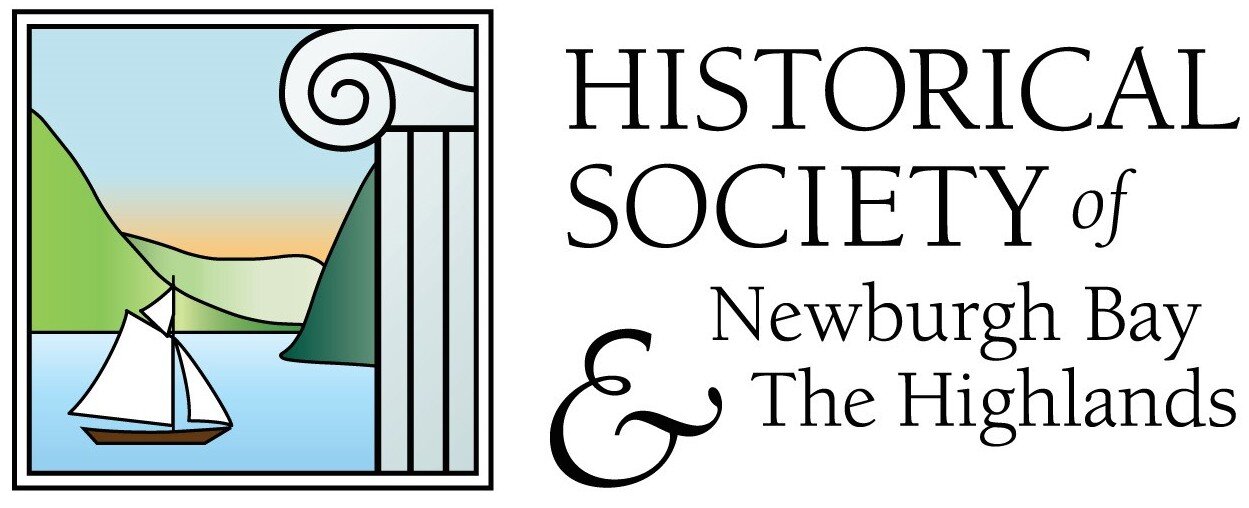Before We Had Forklifts
I often approach the Newburgh waterfront from the foot of Washington Street. Although the road is uneven and treacherous with old rail segments poking out of the ground, it is less hectic than driving among through the crowded cars along Front Street. Plus, one can’t resist a quick turn around in the boat launch parking lot to see how high and fast the Hudson is flowing along. This is the route I took to the Downing Film Center recently and, as I drove into the ferry parking lot from the south, I passed the old crane still standing just west of the pavement there.
I have seen the old crane many times, but the evening I arrived this week was quiet and so I got out to inspect it. The area where it stands still shows traces of rail lines that have been abandoned and partly paved over. It still shows sections of the cobblestone roadway that ran into those rail yards. Best of all, despite being covered in vegetation, its big iron gears still show clearly this time of year before all the leaves sprout on the wild sumac that will soon envelop it. [The crane has been cleaned since this article was first published in 2007]
Newburgh men work at the old crane beside the railroad tracks a century ago.
I could use help documenting the old crane’s history. I know it is over 100 years old, but am not sure of its installation date. I assume it belonged to the railroad and was installed by the railroad since it was used to load and unload heavy items shipped by rail on flatbed cars. What railroad might have erected it, I am not certain. The Erie, the New York Central and Hudson River and The Ontario and Western all ran a great deal of freight through Newburgh’s rail yards at the turn of the last century. Old maps from the 1880’s through the 1910’s show dozens of tracks in the rail yards that once filled that portion of the waterfront. Below Broadway, that entire segment of shorefront land was a rail yard for some time.
Newburgh was a manufacturing town in the decades surrounding 1900. We produced and shipped many types of machinery that could only have been loaded onto rail cars or barges by equipment as large as the old crane. Boilers, steel train car wheels, refrigeration machines, and generators are just a few of the heavy pieces of equipment to be loaded for shipment from Newburgh, NY. It is likely there were a few such cranes as the one shown here in operation in south Newburgh to serve the hundreds of trains and ships that passed through our port every week, not to mention the shipyards that filled the land south of Washington Street. Yet if there were more such cranes, I haven’t found maps or pictures of them.
What I was lucky to find is a picture of the crane we still have being used around 1910. The image shows how the big iron gears were cranked into position by long handles operated by strong men. There is so much to learn from a picture like this one: the rigging system of ropes and pulleys, the harness system for the draft horses, the size and construction of the wagon wheels designed to haul such heavy loads. There is also the landscape that surprises us by showing a segment of the railroad up on a wooden trestle in that era and what seems to be a lower grade than today for the tracks nearer the shore. And why was a wooden fence once needed in front of the stone retaining wall that still stands today? Was it once intended to protect the crane itself?
Most curious to me is the cargo being unloaded. What are these twin creatures? They have General Electric Co., Inc. cast into their bases making me guess that they are coming to Newburgh not going. All our heavy machinery proudly displayed our own logos like Delaney Boiler Works or Alberger Pump and Condenser Co. Who ordered these and where were they taken and installed?
If anyone knows more of the mystery of this great image from the past, please let me know. [A reader suggests they may have been electrical transformers – Ed.]

